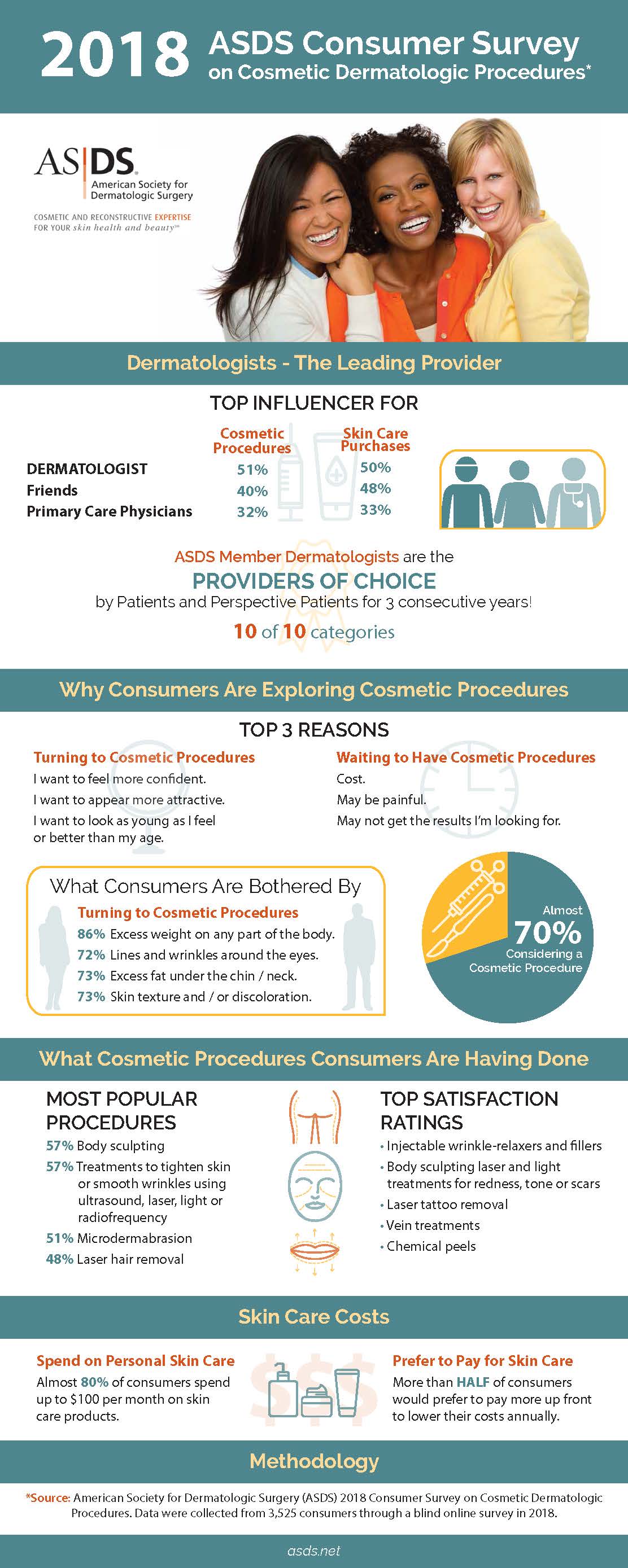Side Effects Of Oral Acne Medications
Side Effects Of Oral Acne Medications
Blog Article
Acne Therapy - What Are AHAs in Acne Treatment?
AHAs are an essential ingredient for unclogging pore clogs and brightening acne-prone skin. They function by breaking down dead skin cell buildup to advertise newer, fresher cells, and avoiding future clogs.
Developing topical AHAs demands thorough attention to different crucial variables that considerably affect their efficiency and tolerability. Keeping the optimal pH range, together with automobile choice and focus, amplifies their exfoliative attributes while reducing prospective negative responses.
Glycolic acid
Glycolic acid is recognized for its mild yet effective exfoliating residential properties, which advertise skin's all-natural losing and loosen up the "glue" that holds dead cells on the surface of the skin. This helps unclog pores and reduce the appearance of fine lines and wrinkles, in addition to enhance general skin appearance and tone.
Surprisingly, topical glycolic acid has actually additionally been revealed to boost the production of collagen, which is critical in maintaining skin's firmness and elasticity. It is essential to note, nevertheless, that since glycolic acid can promote the skin's level of sensitivity to sunshine, it is important to use sun block when utilizing any type of items including this component.
Skin specialists pay cautious interest to the formula of products including AHAs in order to enhance their effectiveness and tolerability. Developing AHAs with the suitable car, together with pH and concentration considerations, allows for optimum skin infiltration while decreasing possible negative responses. This is especially important for individuals with sensitive skin, because AHAs are known to be mildly irritating.
Lactic acid
Lactic acid is located in several non-prescription skin treatment products and some stronger professional peels and treatments. It has the most affordable molecular weight of all the AHAs and has the ability to pass through much deeper into the skin, where it is more reliable at unclogging pores and scrubing.
Like glycolic acid, it likewise promotes collagen synthesis, which helps diminish great lines and creases and enhance skin structure. Additionally, it has moisture-retention residential or commercial properties, which makes it preferable for drier skin kinds than other AHAs.
The comprehensive body of clinical information corroborating the effectiveness of topical AHAs supports their energy in a variety of skin-related conditions and aesthetic problems. These consist of elaborate skin rejuvenation treatments, depletion of fine lines and wrinkles, lightening of hyperpigmentation, healing treatment for actinic keratosis, and acne management [2] Optimizing the solution of AHAs by balancing pH, concentration, and lorry choice even more enhances their healing capacity. These careful factors to consider allow dermatologists to supply risk-free and effective therapies that supply exceptional professional outcomes.
Mandelic acid
Mandelic acid, derived from almonds, is another participant of the AHA family and is a preferred component in products that aid treat acne. Its larger molecular dimension implies it passes through the skin a lot more slowly and delicately, which can minimize the potential for irritability. It's also much less likely to trigger soreness and other skin level of sensitivity problems, making it ideal for delicate skin types.
Mandelic Acid is believed to help reduce swelling and boost hydration. It functions by loosening the bonds in between dead skin cells, enabling them botox cost to lose and expose fresher-looking skin. It also helps in reducing the appearance of bigger pores.
Formulating topical items with AHAs requires a specific balance of vital elements that dramatically affect their efficacy and tolerability. Particularly, the pH of an AHA formulation has actually been shown to play an important role in its capacity to promote peeling and enhance complexion and texture. Accomplishing this optimum concentration is a tough goal and calls for meticulous interest to the various aspects that impact the formula procedure.
Citric acid
Citric acid, discovered in citrus fruits such as oranges and lemons, is a light AHA. It's less annoying than glycolic or lactic acid, making it more suitable for sensitive skin. It additionally has astringent homes, aiding to dry out excess oil.
Like various other AHAs, citric acid can be made use of in chemical peels and everyday active/maintenance therapies to exfoliate the skin and advertise cell turn over. It can help reduce the look of dark places and hyperpigmentation, as well as great face lines.
It can also boost the synthesis of glycosaminoglycans, which play an important function in reinforcing the skin barrier function. This aids to avert trans-epidermal water loss, and preserve optimum hydration levels in the skin [35]
AHAs can be integrated with comforting ingredients such as ceramides or hyaluronic acid to enhance their tolerability. They can be included into everyday active/maintenance skin care through cream or lotion solutions. This allows professionals to customize their AHA treatments based on individual needs and preferences, with the versatility of picking from different treatment intensities or focus.